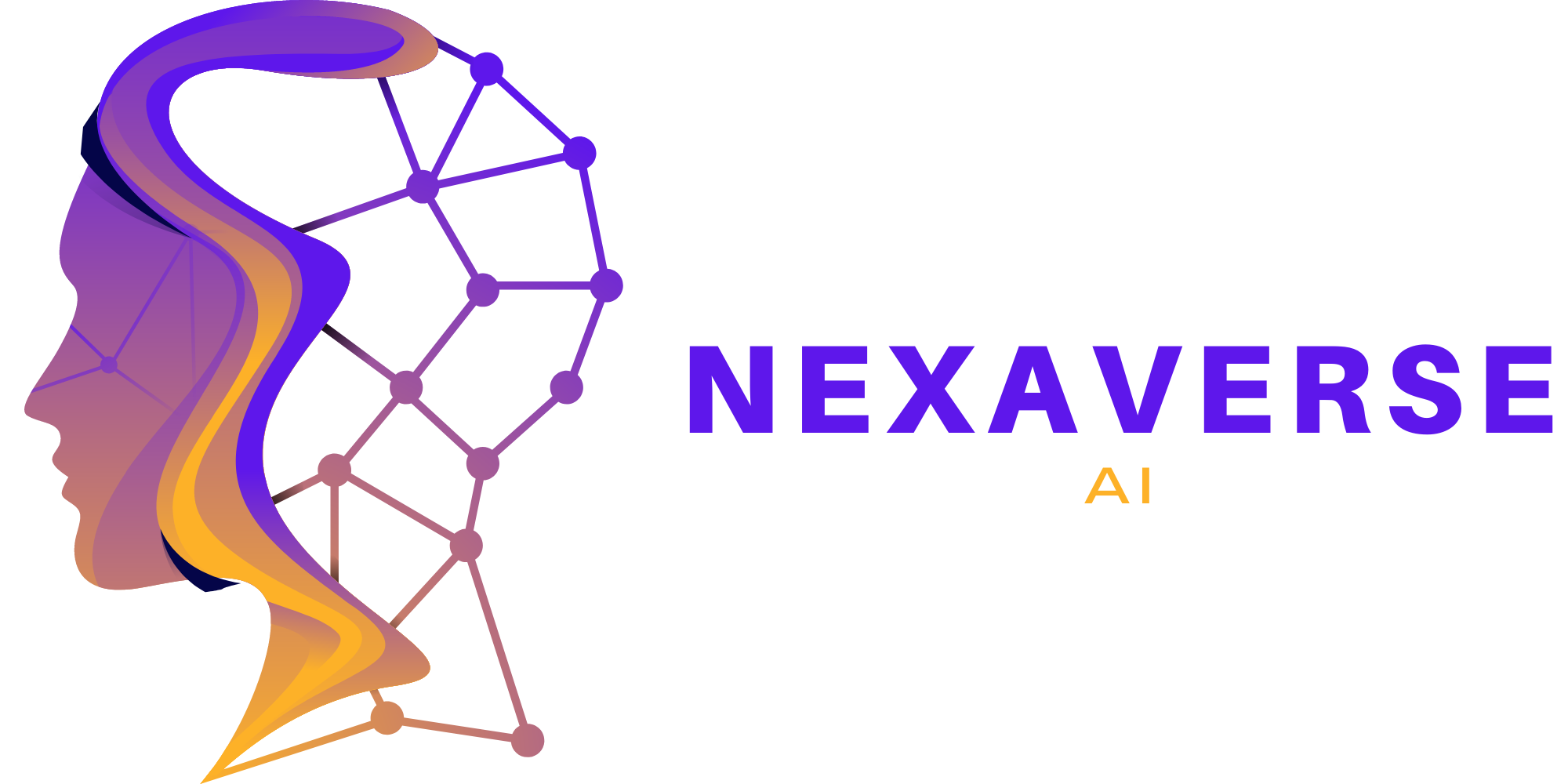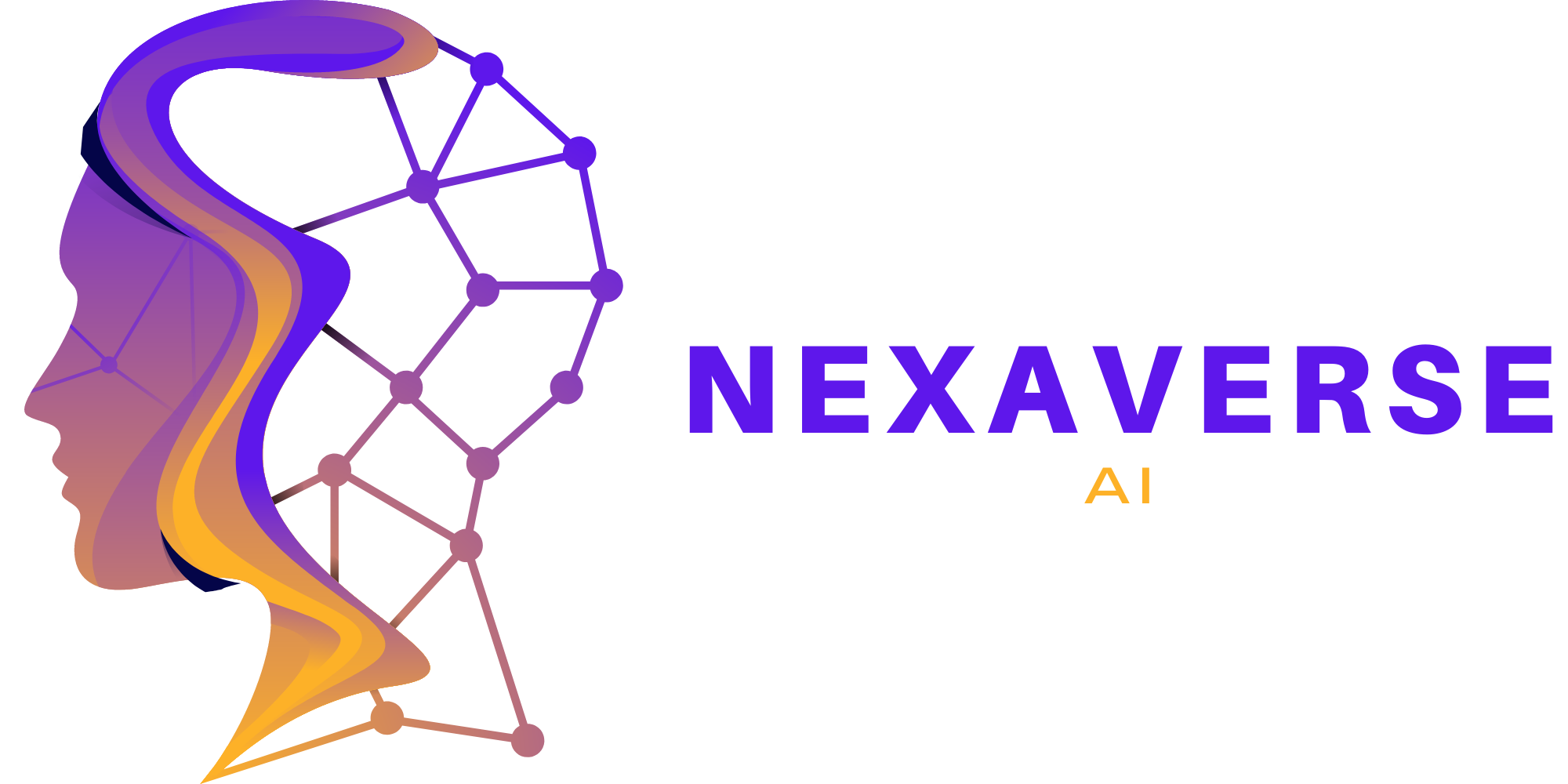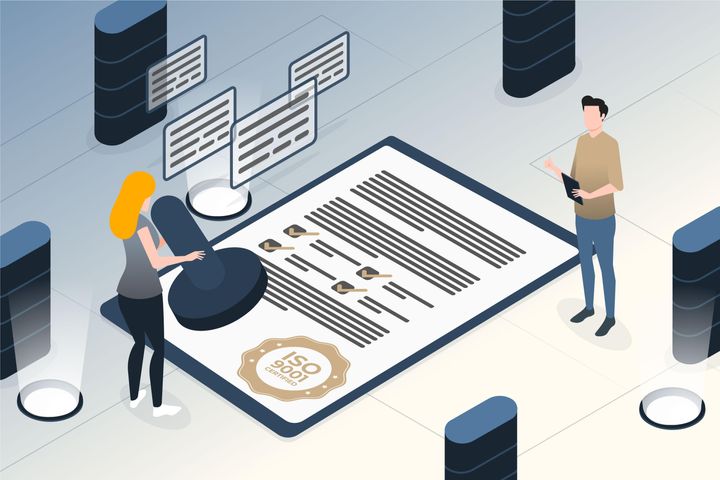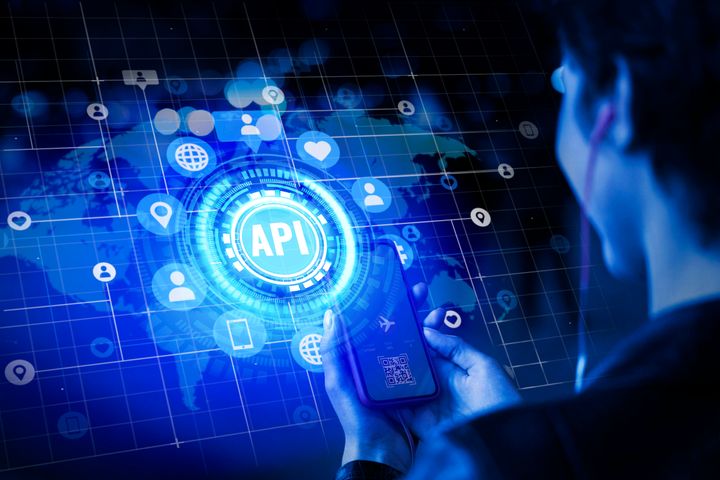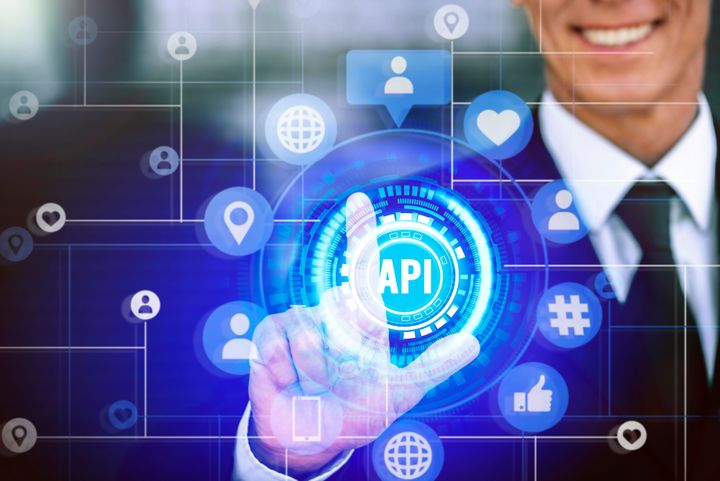API Standards and Protocols: Choosing the Right Framework for Your Needs
Choosing the right API standards and protocols is crucial for seamless integration and optimal performance. This comprehensive guide explores various options, considerations, and popular frameworks to help you make informed decisions.
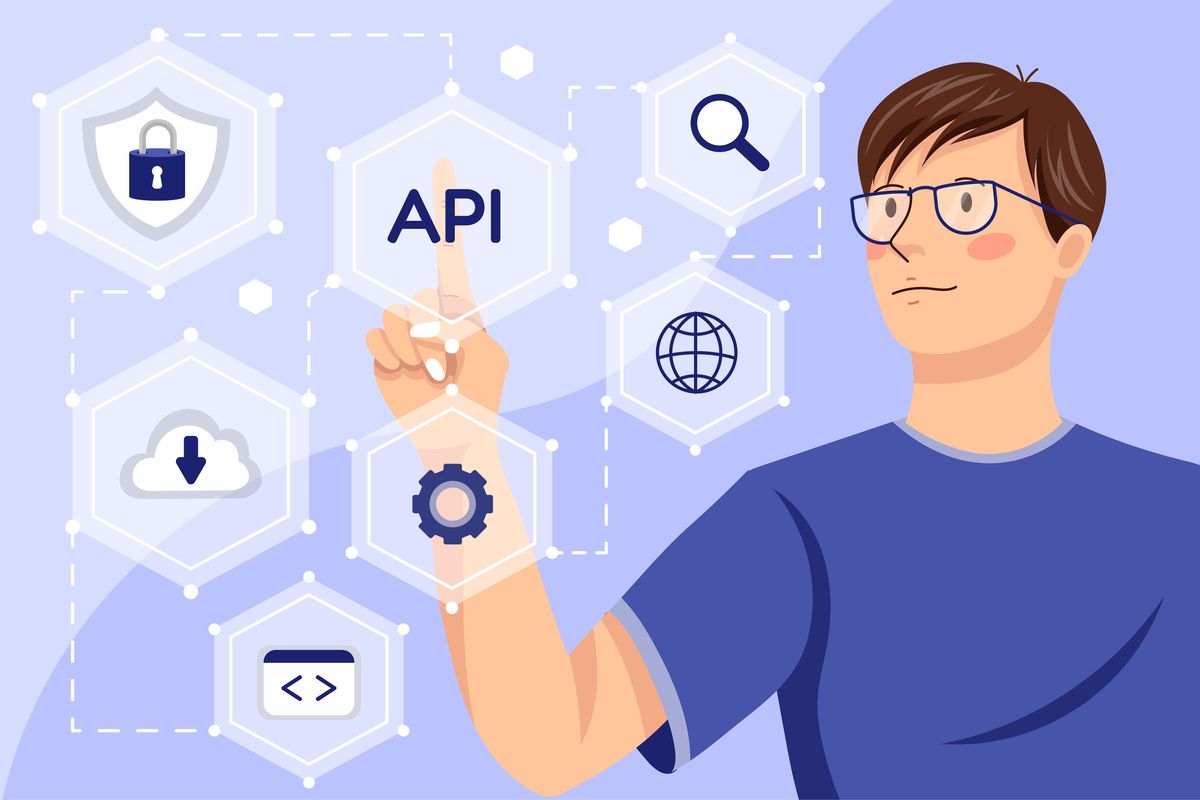
Navigating the World of API Standards and Protocols
In the world of APIs, choosing the right standards and protocols is crucial for seamless integration and optimal performance. With a plethora of options available, it can be overwhelming to determine which framework suits your specific needs. In this comprehensive guide, we will explore various API standards and protocols, their features, and factors to consider when making a decision. Whether you're a developer or a tech leader, this article will equip you with the knowledge to confidently select the right framework for your API projects.
Let's dive into the world of API standards and protocols!
Understanding API Standards
API standards play a crucial role in defining how different systems communicate and interact with each other. They provide a common language and set of rules that ensure interoperability and ease of integration. Here are some popular API standards you should be familiar with:
1. REST (Representational State Transfer)
REST is a widely adopted architectural style for designing networked applications. It emphasizes scalability, simplicity, and uniformity in API design. RESTful APIs use standard HTTP methods like GET, POST, PUT, and DELETE to perform operations on resources.
2. SOAP (Simple Object Access Protocol)
SOAP is an XML-based messaging protocol that enables communication between applications over various protocols like HTTP, SMTP, and more. It provides a standardized way to structure messages, define data types, and handle errors.
3. GraphQL
GraphQL is a query language for APIs and a runtime for executing those queries with existing data. It allows clients to request precisely the data they need, reducing over-fetching and under-fetching of data.
Key considerations when choosing an API standard:
- Compatibility with your existing technology stack
- Support for required data formats (JSON, XML, etc.)
- Community support and resources
- Performance and scalability
Choosing the Right Protocol
Once you have selected an API standard, the next step is to choose the appropriate protocol. The protocol determines how data is transmitted between the client and server. Here are some common protocols used in API development:
1. HTTP (Hypertext Transfer Protocol)
HTTP is the foundation of communication on the World Wide Web. It is widely supported and offers a simple request-response model. APIs using HTTP can leverage the existing infrastructure and benefit from caching, load balancing, and security mechanisms.
2. WebSockets
WebSockets is a protocol that enables full-duplex communication between the client and server. It allows real-time data transfer and is ideal for applications that require instant updates, such as chat or collaboration tools.
3. MQTT (Message Queuing Telemetry Transport)
MQTT is a lightweight messaging protocol designed for IoT devices with limited resources. It follows a publish-subscribe model and is known for its low bandwidth usage and efficient message delivery.
Factors to Consider When Choosing a Framework
With numerous API standards and protocols available, it's essential to consider several factors when selecting a framework for your API projects. Here are some key considerations:
1. Project requirements and complexity
Evaluate the specific needs of your project. Consider factors like scalability, security, real-time capabilities, and integration with existing systems.
2. Developer experience and familiarity
Choose a framework that aligns with your team's expertise. Consider the learning curve, available documentation, and community support.
3. Performance and scalability
Assess the framework's performance under different loads. Consider factors like response time, throughput, and the ability to handle concurrent requests.
4. Security and authentication
Ensure the framework provides robust security measures, including authentication, authorization, and encryption, to protect your API and data.
Additional notes to keep in mind:
- Evaluate the framework's compatibility with your existing technology stack
- Consider the long-term support and maintenance of the framework
- Look for frameworks with comprehensive testing and debugging tools
Popular API Frameworks and Their Features
To help you narrow down your options, let's explore some popular API frameworks and their standout features:
1. Express.js
Express.js is a fast, unopinionated, and minimalist web framework for Node.js. It provides a robust set of features for building APIs, including middleware support, routing, and error handling.
2. Django REST framework
Django REST framework is a powerful toolkit for building Web APIs with Python. It offers authentication mechanisms, serialization, and support for CRUD operations out of the box.
3. Ruby on Rails
Ruby on Rails is a popular MVC framework with built-in support for RESTful APIs. It emphasizes convention over configuration and provides a seamless development experience.
Remember these points when evaluating API frameworks:
- Explore the framework's feature set and compare it with your project requirements
- Check for community support, active development, and frequent updates
- Consider the framework's performance benchmarks and scalability
Conclusion
Choosing the right API standards and protocols is a crucial step in creating robust and efficient APIs. By understanding the options available, evaluating your project requirements, and considering key factors, you can make an informed decision that aligns with your goals. Remember to stay updated with the latest trends and advancements in the API landscape to ensure the longevity and success of your API projects.
In conclusion, selecting the right API standards and protocols is key to successful integration and optimal performance. With a wide range of options available, it's essential to evaluate the specific needs of your project, consider factors like compatibility, security, and scalability, and explore popular API frameworks with their standout features. By making an informed decision, you can build powerful APIs that meet your requirements and drive innovation in your organization.
Frequently Asked Questions (FAQs)
Q. What is the difference between REST and SOAP?
A. REST is an architectural style that emphasizes scalability, simplicity, and uniformity in API design. It uses standard HTTP methods like GET, POST, PUT, and DELETE to perform operations on resources. SOAP, on the other hand, is an XML-based messaging protocol that enables communication between applications over various protocols. It provides a standardized way to structure messages, define data types, and handle errors.
Q. Which API framework is best for beginners?
A. For beginners, Express.js is a great choice. It is a minimalist web framework for Node.js that offers a simple and intuitive API for building APIs. It has excellent documentation, a supportive community, and a gentle learning curve.
Q. What are the security considerations when selecting an API framework?
A. When selecting an API framework, it's important to consider security measures such as authentication, authorization, and encryption. Look for frameworks that provide robust support for these features, allowing you to protect your API and data from unauthorized access and malicious attacks.
Q. How do I ensure scalability in my API project?
A. To ensure scalability in your API project, choose a framework that can handle high volumes of requests and traffic. Consider factors such as response time, throughput, and the ability to handle concurrent requests. Additionally, design your API to be stateless and leverage technologies like caching and load balancing to distribute the load effectively.
Q. Are there any API frameworks specifically designed for IoT applications?
A. Yes, MQTT (Message Queuing Telemetry Transport) is a lightweight messaging protocol specifically designed for IoT applications. It is known for its low bandwidth usage and efficient message delivery, making it ideal for IoT devices with limited resources.
Remember to evaluate the long-term support and maintenance aspects of the chosen API framework.
Always keep an eye on evolving API trends and advancements to stay ahead in the ever-changing technology landscape.
